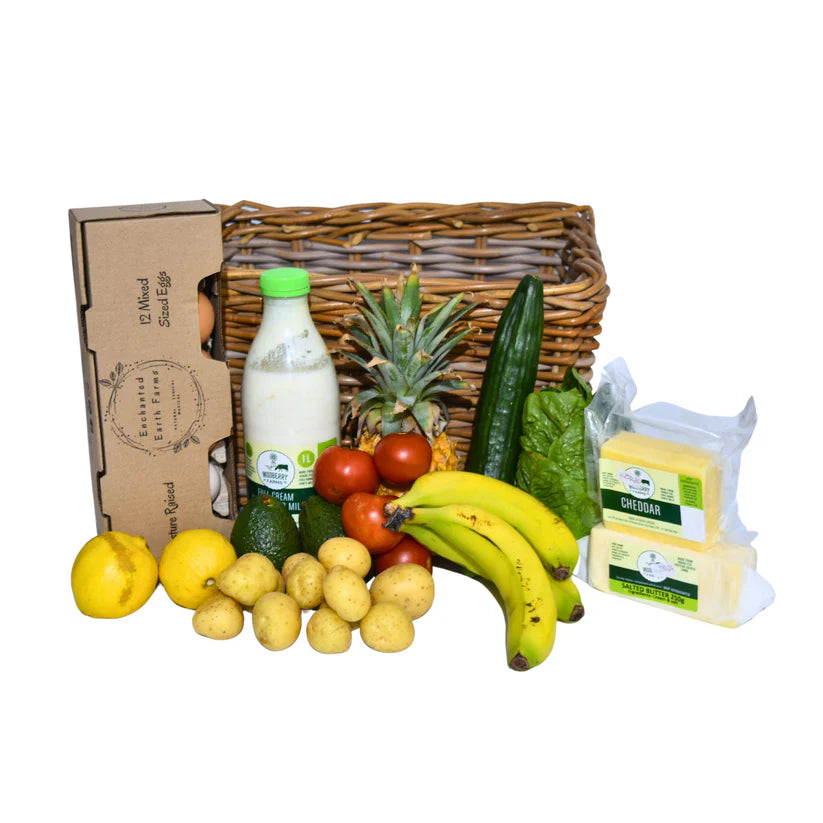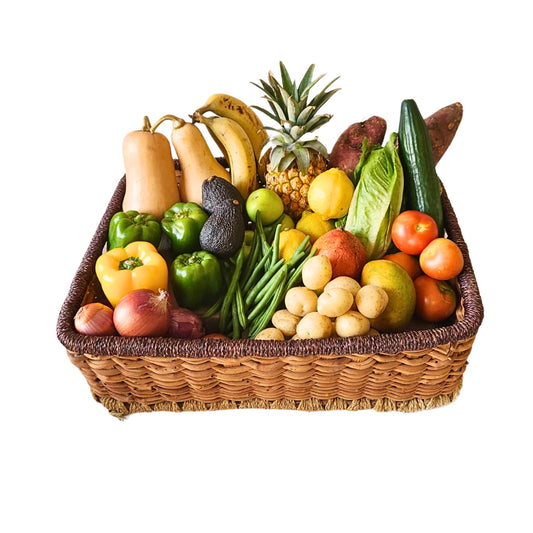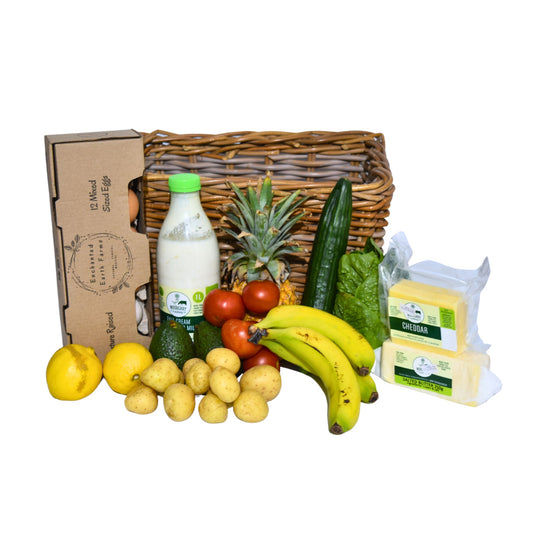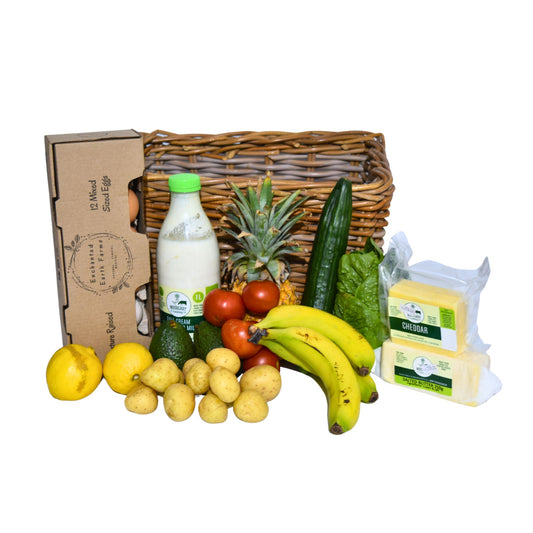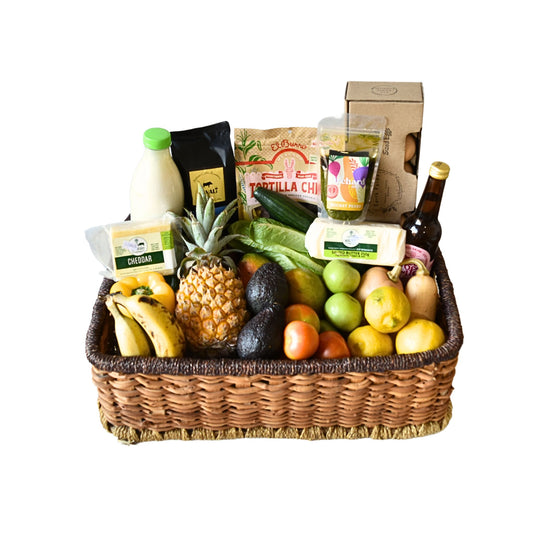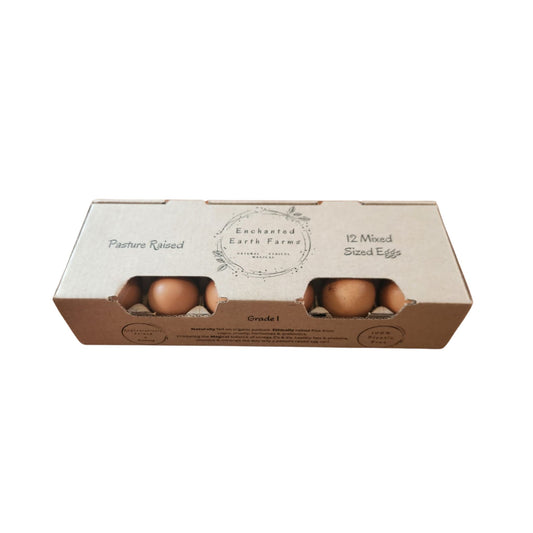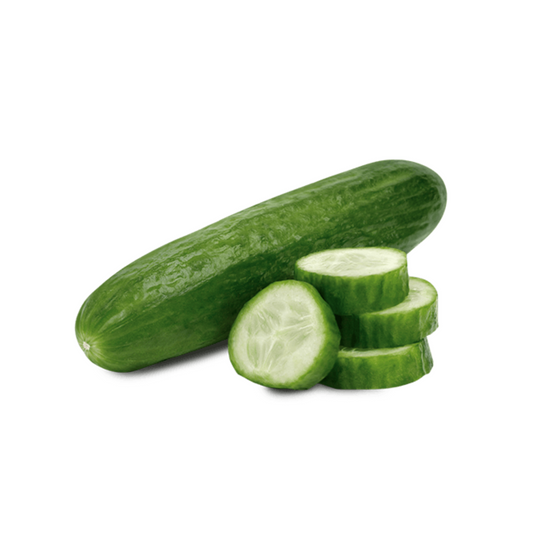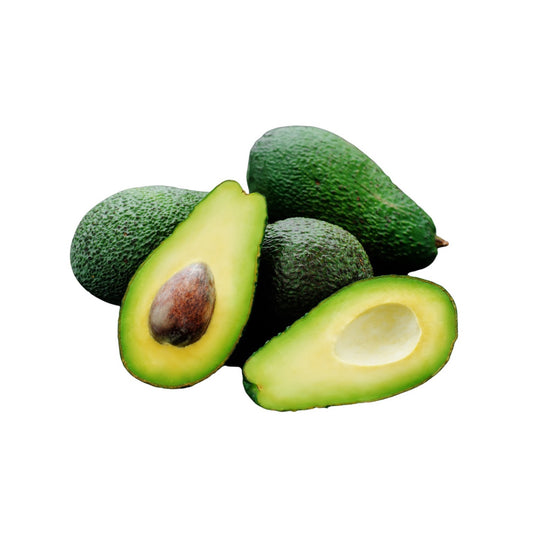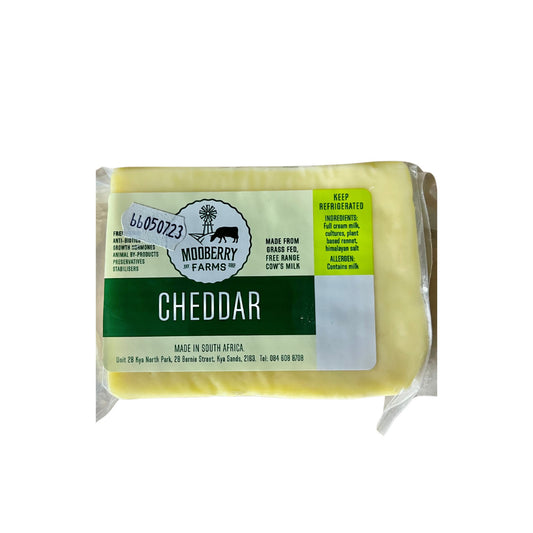Article Summary:
- Properly storing frozen produce involves using airtight containers or freezer bags, labeling them with the type and date of freezing, and organizing them by type and date in the freezer.
- Maintain a freezer temperature of 0°F (-18°C) or lower to preserve the quality of frozen produce, minimize temperature fluctuations, and follow recommended storage times to ensure optimal freshness.
- Preparing produce before freezing, considering portioning, and practicing efficient rotation techniques can help minimize food waste and ensure that frozen fruits and vegetables remain delicious and nutritious for extended periods.
Preserving the freshness of seasonal fruits and vegetables is a common challenge for many households, especially when faced with abundant harvests or the desire to enjoy out-of-season produce year-round. In such situations, freezing emerges as a convenient solution, offering a way to extend the shelf life of fresh produce while retaining its nutritional value. However, questions often arise regarding the suitability of freezing various types of fruits and vegetables. Can you freeze fresh produce without compromising taste, texture, or nutrient content? In this article, we delve into the world of freezing fresh produce, exploring its benefits, best practices, and considerations for maintaining optimal quality. Whether you're a seasoned home cook or a novice in the kitchen, understanding the ins and outs of freezing produce can revolutionize your approach to meal planning, reduce food waste, and ensure a steady supply of flavorful, nutrient-rich ingredients at your fingertips.
Does freezing fresh produce make it last longer?
Freezing fresh produce is a highly effective method for prolonging its shelf life. By subjecting fruits and vegetables to sub-zero temperatures, the growth of microorganisms that cause spoilage is inhibited, allowing produce to remain edible for an extended period. This preservation technique works by slowing down enzymatic reactions and microbial activity, effectively preserving the taste, texture, and nutritional integrity of the produce.
When properly frozen and stored, fresh produce can last significantly longer than its unfrozen counterparts. For example, berries, which are notorious for their short shelf life, can remain viable in the freezer for several months, enabling consumers to enjoy their favorite fruits long after the peak of their growing season. Similarly, vegetables like peas, corn, and spinach can retain their freshness and flavor for months when frozen promptly after harvest.
Freezing fresh produce offers the added advantage of convenience. Preparing large batches of fruits and vegetables for freezing allows individuals to stockpile ingredients for future use, reducing the frequency of grocery shopping trips and minimizing food waste. Additionally, frozen produce can be conveniently portioned and stored in airtight containers or freezer bags, making it easy to access just the right amount needed for a recipe without the risk of spoilage.

Shop 300g Halloumi Cheese at Orchard Food
Overall, freezing fresh produce is a highly effective strategy for extending its longevity. Not only does freezing inhibit the growth of microorganisms that cause spoilage, but it also preserves the taste, texture, and nutritional value of fruits and vegetables, allowing consumers to enjoy their favorite produce year-round. With proper preparation and storage, frozen produce can serve as a convenient and sustainable option for maintaining a well-stocked kitchen and reducing food waste.
Benefits and Considerations
Freezing fresh produce offers numerous benefits, making it a valuable preservation method for home cooks and consumers alike. One significant advantage is the preservation of freshness. Freezing fruits and vegetables at their peak ripeness effectively locks in their flavor, texture, and nutritional content. This means you can enjoy the taste of ripe, seasonal produce throughout the year, regardless of its availability in stores. Furthermore, freezing extends the shelf life of fresh produce significantly. By properly freezing fruits and vegetables, you can prevent spoilage and reduce food waste, ensuring that you always have a supply of nutritious ingredients on hand.
While freezing fresh produce offers many advantages, there are several considerations to keep in mind. One important factor is the potential for texture changes upon thawing. Some fruits and vegetables may become softer or mushier after freezing, which can affect their suitability for certain dishes. Additionally, storing frozen produce requires adequate freezer space. Depending on the quantity of produce you plan to freeze, you may need to reorganize your freezer or invest in additional storage solutions to accommodate your needs. Proper preparation techniques are also essential for maintaining the quality of frozen produce. Washing, peeling, chopping, or blanching certain fruits and vegetables before freezing can help preserve their texture and flavor.
In conclusion, while freezing fresh produce offers numerous benefits, it's essential to consider factors such as texture changes, storage space, and preparation requirements. With proper planning and attention to detail, frozen produce can be a convenient and nutritious addition to your culinary repertoire. By understanding the benefits and considerations associated with freezing fresh produce, you can make informed decisions about how to best preserve and enjoy seasonal fruits and vegetables throughout the year.
Maximizing Flavor and Nutritional Value in Frozen Produce
When freezing produce, maximizing flavor and retaining nutritional value are essential considerations to ensure that your frozen fruits and vegetables remain delicious and nutritious.One way to preserve flavor and nutrients is to freeze produce at its peak ripeness. This ensures that the fruits and vegetables have developed their full flavor and nutritional content before being frozen. Choose produce that is ripe but not overly ripe, as fruits and vegetables that are too ripe may lose some of their nutrients during the freezing process.
Proper preparation techniques also play a crucial role in maximizing flavor and nutritional value. Wash fruits and vegetables thoroughly before freezing to remove any dirt or debris. For some produce, such as berries or leafy greens, it may be necessary to remove stems, pits, or seeds before freezing. Blanching certain vegetables before freezing can help preserve their color, texture, and nutritional content.
Storage is another important factor to consider when maximizing flavor and nutritional value in frozen produce. Use airtight containers or freezer bags to prevent freezer burn and preserve freshness. Label containers with the date of freezing to ensure that you use the oldest produce first. Additionally, maintain a consistent freezer temperature of 0°F (-18°C) or lower to prevent thawing and refreezing, which can degrade the quality of frozen produce.

Shop 1kg Organic Brinjals at Orchard Food
By following these guidelines, you can maximize the flavor and nutritional value of your frozen produce, ensuring that it remains a delicious and nutritious addition to your meals. With proper preparation and storage techniques, frozen fruits and vegetables can retain their fresh taste and health benefits for an extended period, allowing you to enjoy the goodness of seasonal produce year-round.
Tips for Properly Storing and Organizing Frozen Produce
Properly storing and organizing frozen produce is crucial for maintaining its quality and freshness over time. Start by using airtight containers or freezer bags to prevent freezer burn and preserve freshness. Label each container with the type of produce and the date it was frozen to facilitate easy identification and ensure that you use the oldest produce first, minimizing food waste. Arrange containers in the freezer by type and date, with newer items placed towards the back and older ones towards the front for efficient rotation.
Maintain your freezer temperature at 0°F (-18°C) or lower to preserve the quality of frozen produce, minimizing temperature fluctuations by limiting the opening and closing of the freezer door. Follow recommended storage times to ensure optimal quality, referring to food safety guidelines for guidance. Prep fruits and vegetables before freezing by washing and drying them thoroughly and removing any stems, pits, or seeds as needed for uniform freezing.
Consider portioning produce before freezing if you often use small amounts, which helps prevent thawing more than necessary and reduces food waste. With proper storage and organization, your frozen produce will remain delicious and nutritious, ready to enhance a variety of dishes whenever needed. By implementing these tips, you can enjoy the convenience and benefits of frozen fruits and vegetables year-round while preserving their quality and flavor.


